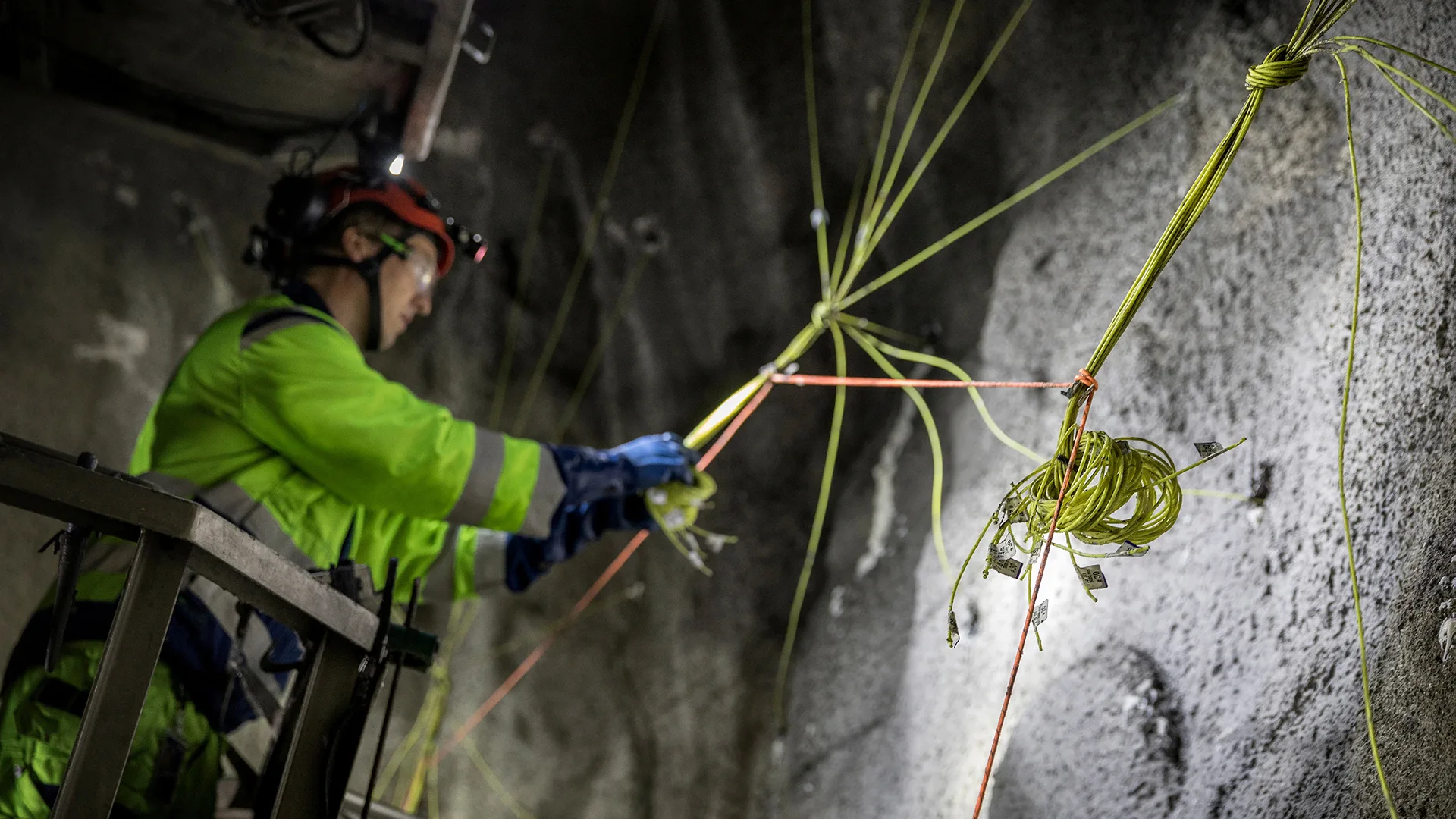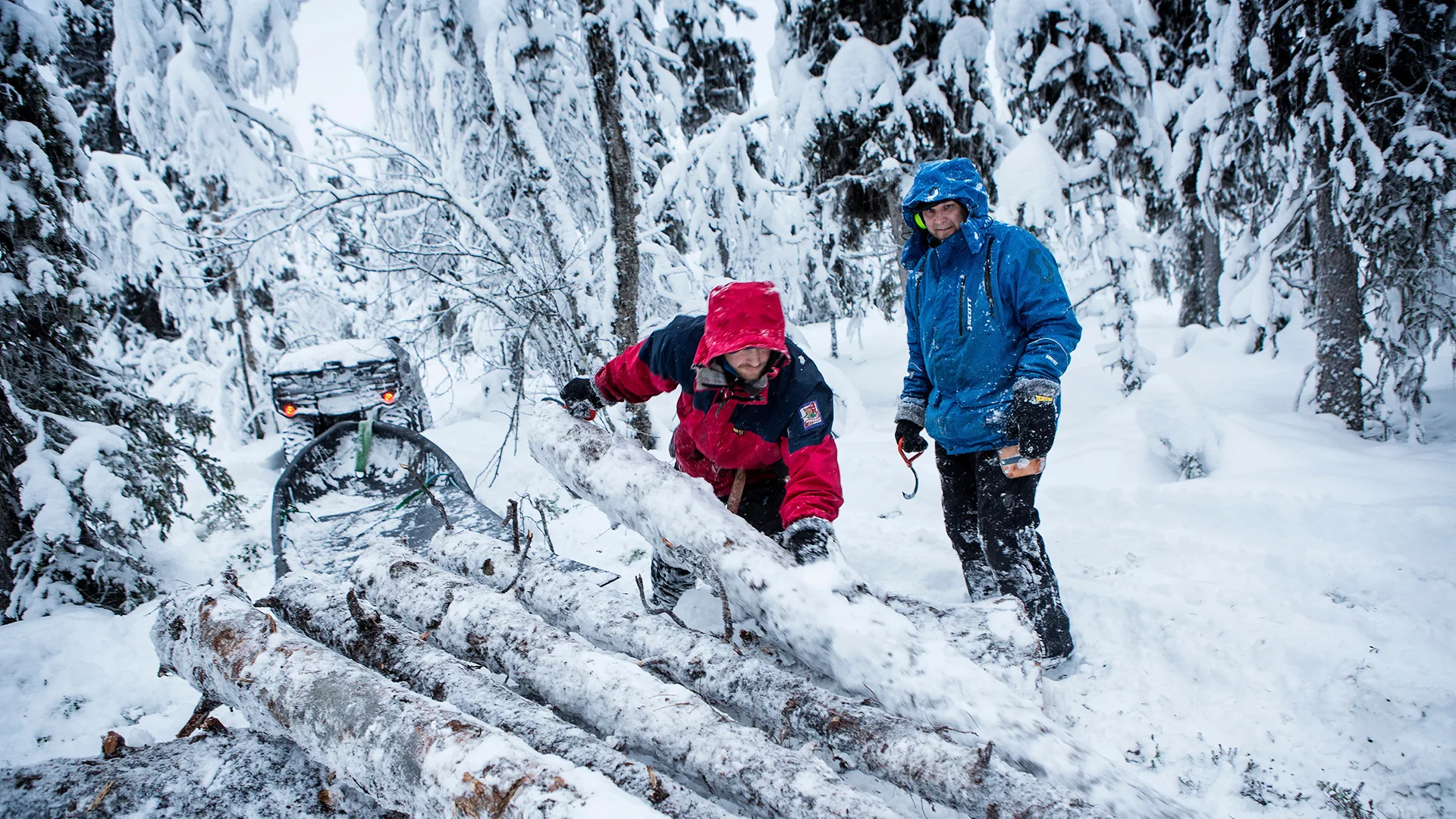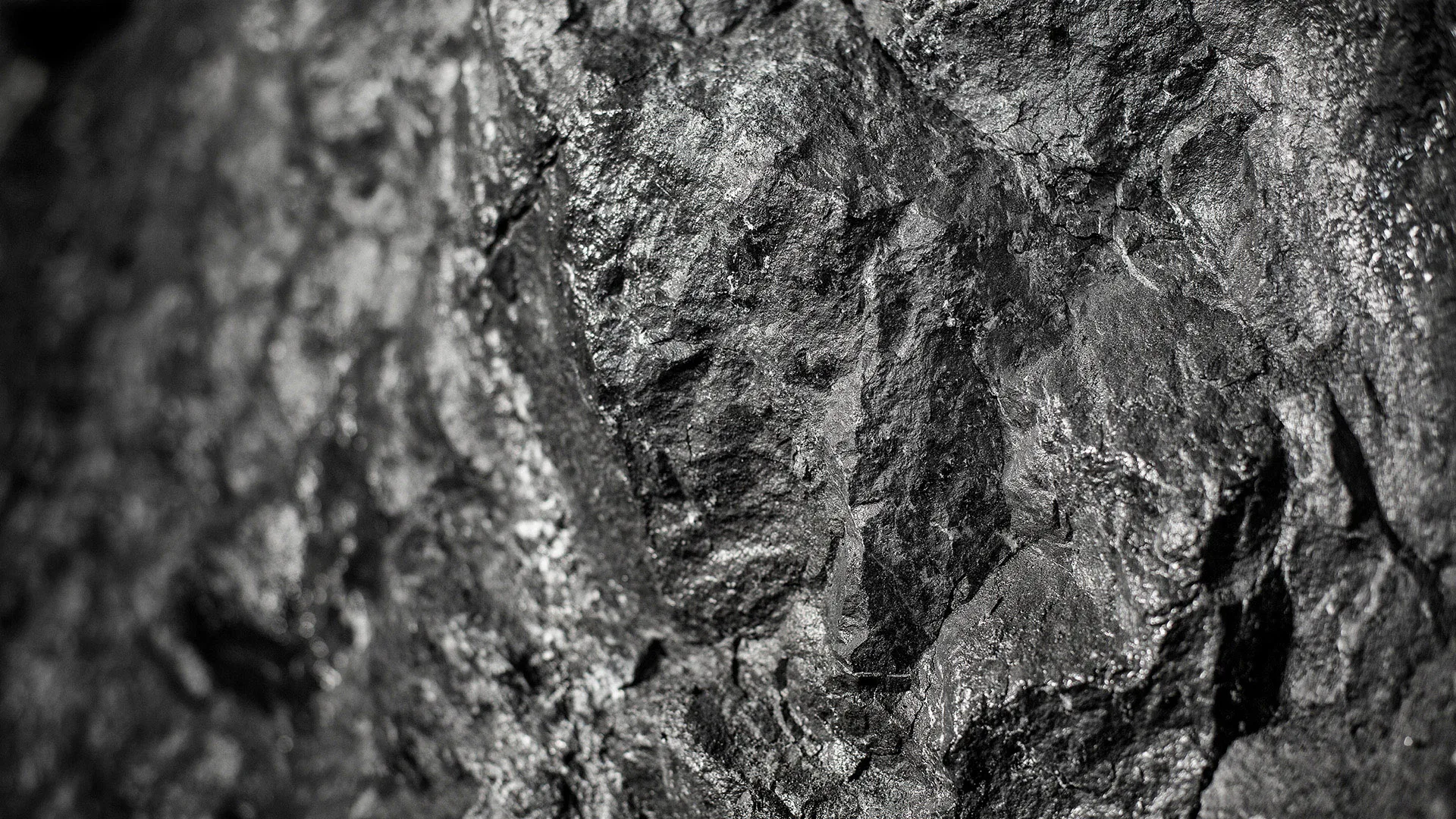Dusting
Our operations causes an impact on the environment in our immediate surroundings, including in the form of dust. LKAB continuously measure our impact and work actively in order to minimise it.
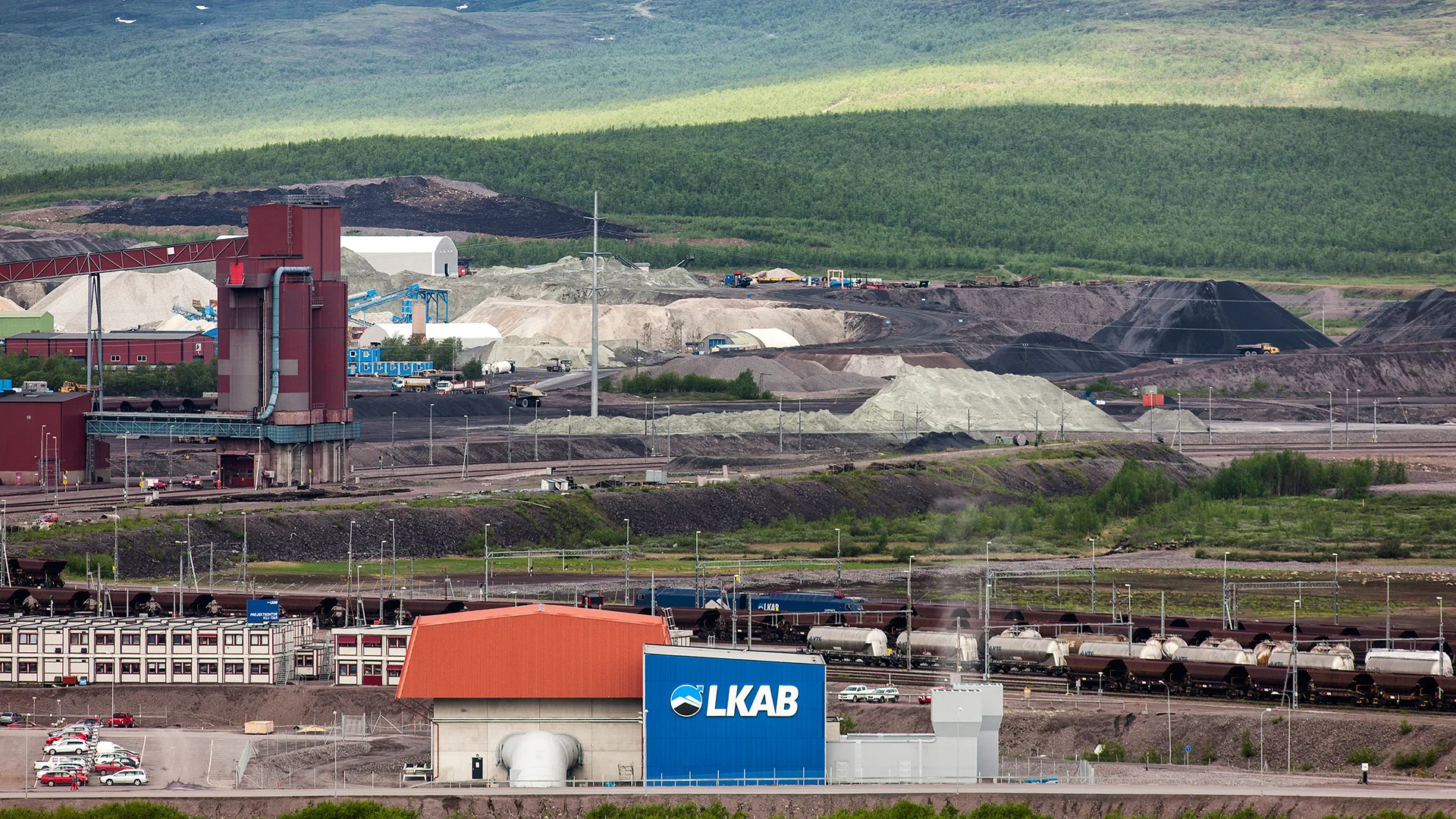
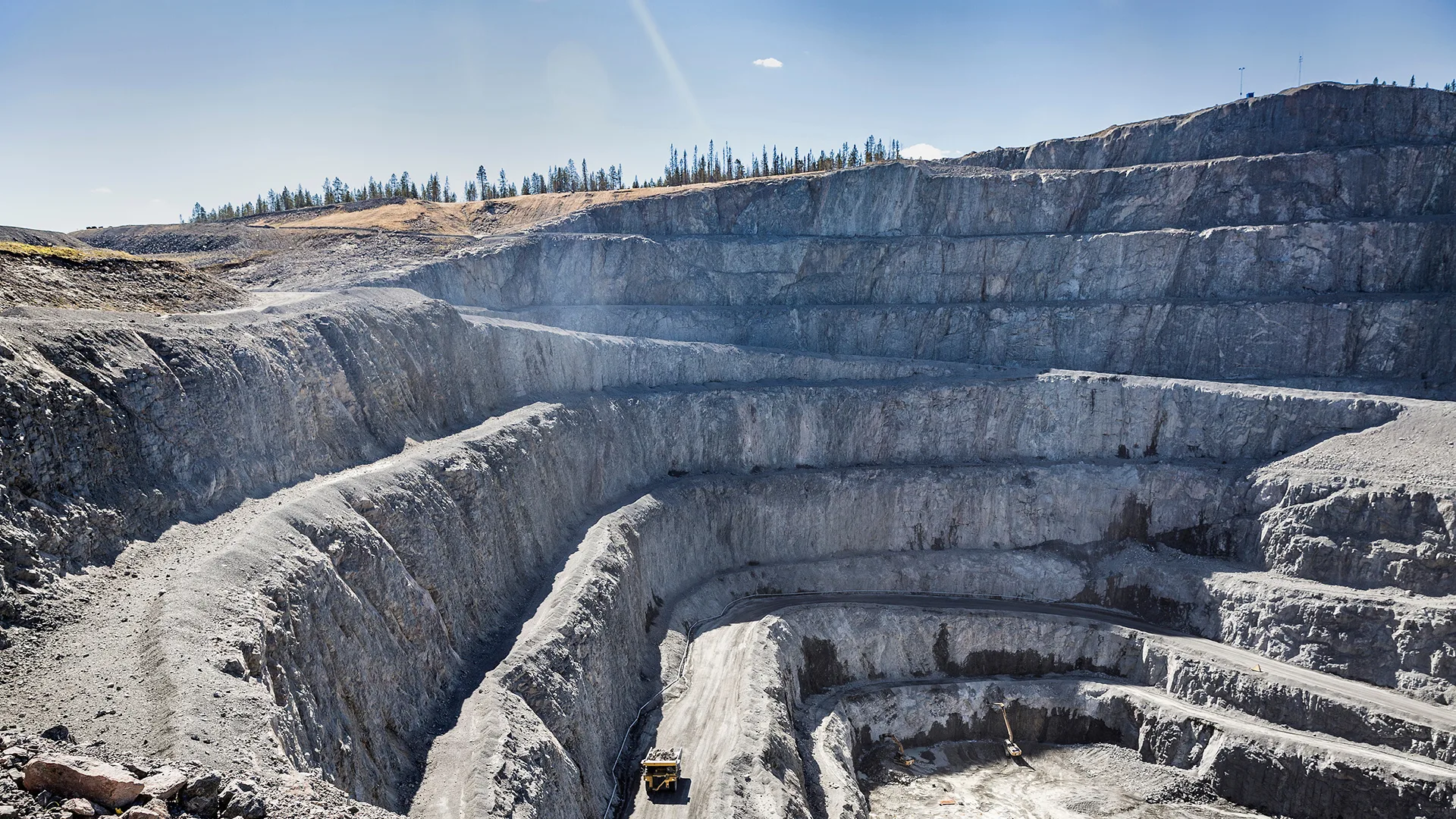
How we measure dusting
LKAB's operations give rise to dusting which can cause inconvenience to our surroundings. The ambition is to reduce this diffuse dusting and to do that we need to know what it looks like and where the dust spreads. This is done by placing special containers in the surroundings, which are then collected and analysed monthly. The results are reported in our annual environmental reports and to the supervisory authority.
We're working to minimise dusting
Dusting is an unfortunate but hard to solve consequence of mining. It’s something we take very seriously and are working to minimise as far as possible. LKAB invests a lot of time and money in reducing dusting from our industrial areas. Examples of measures taken are irrigation, sweeping and salting of roads, greening – ie planting of trees and vegetation to bind more of the dust – relocation of facilities that create a lot of dust, and installation of dust extraction facilities.
Have you got questions? Please get in touch.
Frequently asked questions about LKAB and the environment
- We’re grateful for any questions, comments and complaints you may have concerning our operations. Please contact the environmental engineer at each location. If you have an urgent matter, please contact LKAB’s industrial guard.
- When you submit a comment, question or complaint by phone, form or e-mail, the local environmental engineer at the corresponding location within LKAB is responsible for compiling an answer. This can take different amounts of time depending on the complexity of the case. The environmental engineer will let you know when you can expect an answer, shortly after they receive your question. Please note that this applies during office hours. Outside office hours or on holidays, answers may be delayed.
- We’re aware that dusting from our industrial areas and facilities occurs at times, especially in connection with dry weather and wind. During the bare ground period, when there is no risk of freezing, sweeping, suction, salting and irrigation are carried out to reduce dusting. We regularly sow bare surfaces, such as roadsides, dormant landfills and other surfaces that are not used in production. We also plant trees to reduce the wind speed in the industrial area and bring the dust out to the communities.
During winter and spring, it is more difficult to carry out dust control as we can’t use water. At the open pit in Svappavaara, a number of snow cannons are used that spread a fine mist of snow that stops the dust.
These are just some of the steps we are taking. This is an issue we’re taking very seriously, and we’re doing everything we can to minimise dusting. - LKAB measures the amount of dust monthly, using a method called NILU. It’s, simply explained, a jar that’s placed outside, where the dust falls down. The sample is dried and weighed and the amount of dust per 100 m2 is calculated.
In addition, LKAB also collect snow samples annually, usually in March. We collect a sample from snow cover down to bare ground. The sample is then dried and weighed and the amount of dust per 100 m2 is calculated. Using this snow sample, other things can also be checked, such as pH. - LKAB controls noise via measurements made by an external consultant once a year. The noise levels that are allowed are governed by the environmental permits. From 1 January 2017, noise from our outside operations may not exceed:
50 dBA daytime (07-18 in Malmberget, 06-18 in Svappavaara)
45 dBA in the evening (18-22)
40 dBA at night (22-07 or 22-06)
Noise is measured at fixed points in the communities and in our industrial areas. Based on that survey, measures are then planned in the industrial areas. In Svappavaara, the noise from explosions and the sound from the warning signal are not included in the measurements. - Please read our environmental reports, which provide a summary of the situation for each location. You can find them here (in Swedish only).
You will also find information in our Annual and Sustainability report. There are also a number of articles to read on our website.

